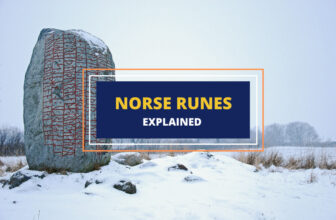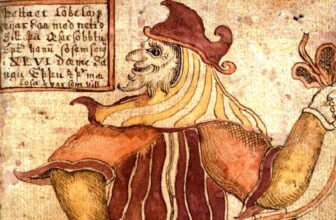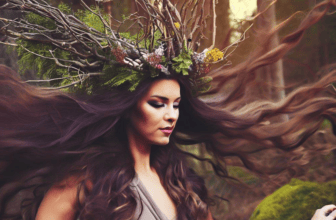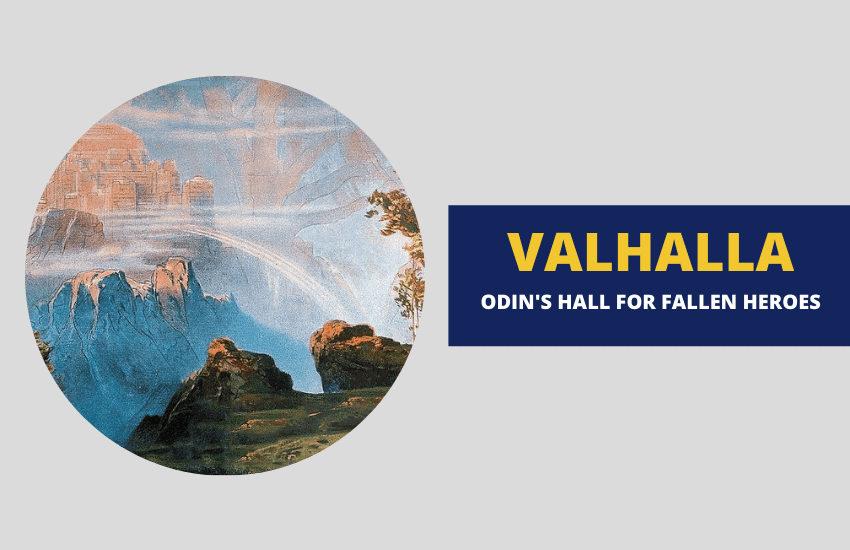
Table of Contents
Valhalla is the great hall of Odin, located in Asgard. It is here that Odin, the Allfather, gathers the greatest Norse heroes to spar, drink, and feast together with his Valkyries and the bard god Bragi until Ragnarok. But is Valhalla just the Norse’s version of Heaven or is it something else entirely?
What is Valhalla?
Valhalla, or Valhöll in Old Norse, means Hall of the Slain. It shares the same root Val as Valkyries, the Choosers of the Slain.
This grim-sounding name didn’t detract from Valhalla’s overall positive perception. Throughout the history of the ancient Nordic and Germanic people, Valhalla was the afterlife most men and women strove for. Still, the grimness of it is a vital part of its deeper meaning.
What Did Valhalla Look Like?
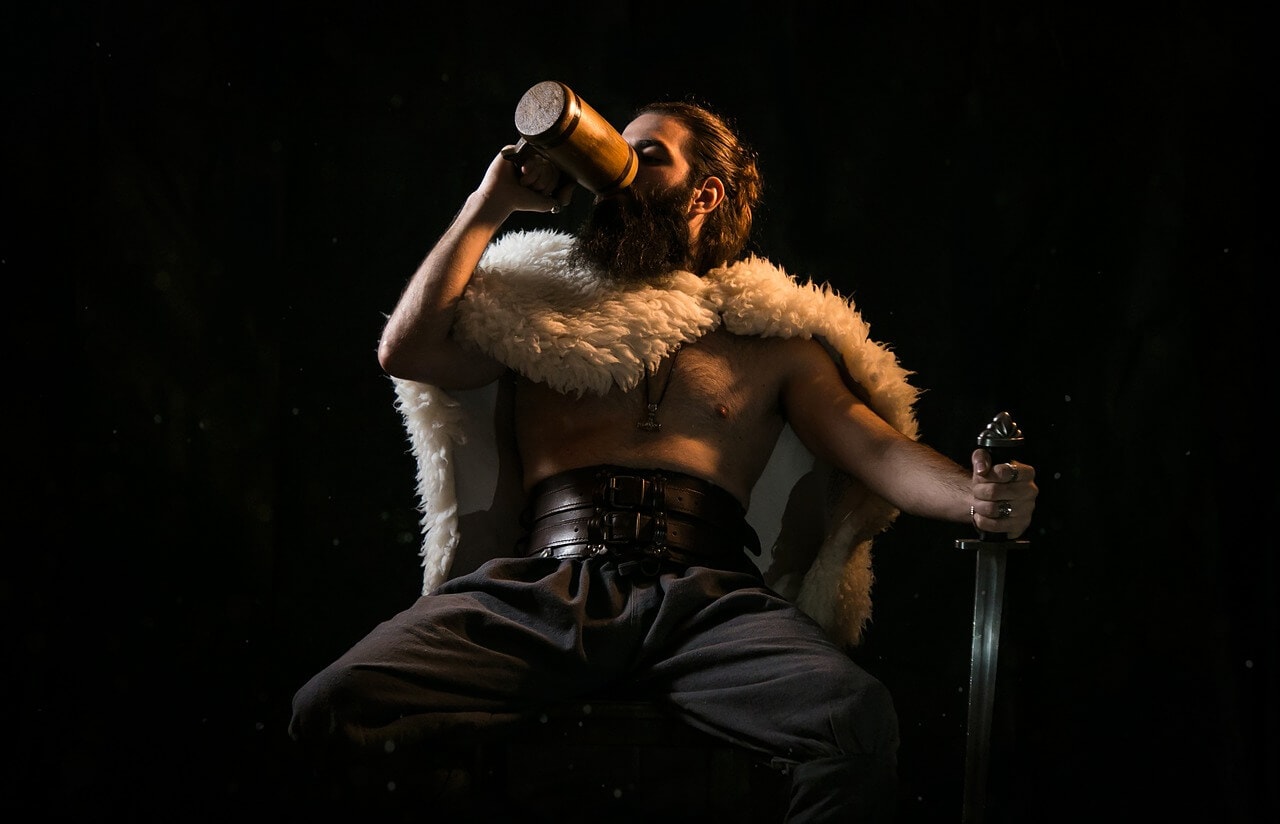
According to most descriptions, Valhalla was a huge golden hall in the middle of Asgard, the realm of the Norse gods. Its roof was made of warriors’ shields, its rafters were spears, and its seats around the feasting tables were warriors’ breastplates.
Giant eagles patrolled the skies above Odin’s golden hall, and wolves guarded its gates. Once the fallen Norse heroes were invited in, they were greeted by the Norse poet god, Bragi.
While in Valhalla, the Norse heroes, known as einherjer, spent their days fighting each other for fun with their wounds magically healing each evening. After that, they would feast and drink all night on meat from the boar Saehrimnir, who’s body regenerated every time it was killed and eaten. They also drank mead from the udder of the goat Heidrun, which also never ceased flowing.
While feasting, the slain heroes were served and kept company by the same Valkyries that had brought them to Valhalla.
How Did Norse Heroes Get Into Valhalla?
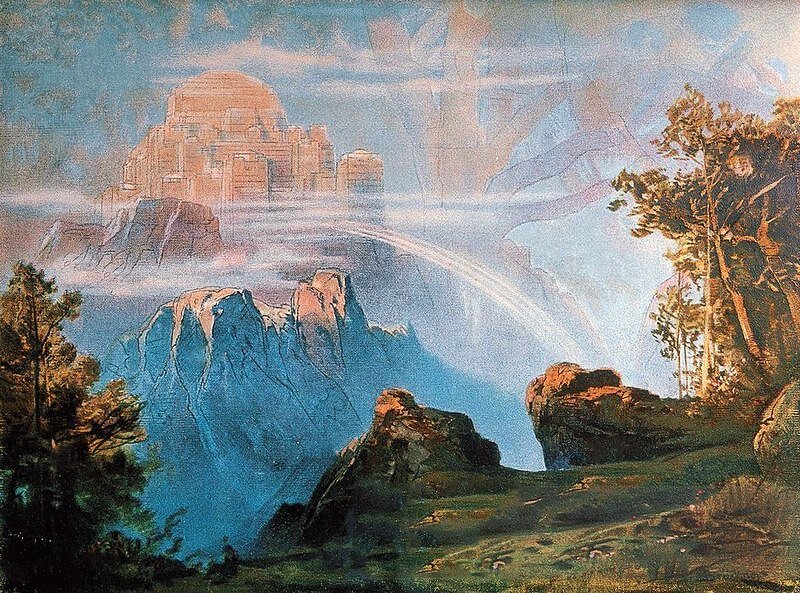
The base story of how Norse warriors and Vikings got into Valhalla is relatively well-known even today – those who died heroically in battle were taken to Odin’s golden hall on the back of the Valkyries’ flying horses, while those who died of disease, old age, or accidents spent internity in Hel, or Helheim.
When you start delving a bit deeper into some Norse myths and sagas, however, some disturbing details begin to emerge. In many poems, the Valkyries don’t just pick up those who died in battle but they got to choose who would die in the first place.
In one particularly disturbing poem – Darraðarljóð from the Njal’s Saga – the hero Dörruð sees twelve Valkyries in a hut near the Battle of Clontarf. Instead of waiting for the battle to be over and gather the dead, however, the twelve Valkyries were weaving the warriors’ fates on an abhorrent loom.
The contraption was made with people’s intestines instead of weft and warp, human heads instead of weights, arrows instead of reels, and a sword instead of a shuttle. On this device, the Valkyries picked and chose who would die in the upcoming battle. Why they did so reveals the crucial idea behind Valhalla.
What Was the Point Of Valhalla?
Unlike the heavens in most other religions, Valhalla isn’t just a nice place where the “good” or “deserving” would get to enjoy an eternity of bliss. Instead, it was more like a waiting room for the End of Days in Norse mythology – Ragnarok.
This doesn’t take away from the “positive” imagery of Valhalla – the Norse people did look forward to spending their afterlives there. However, they also knew that once Ragnarok came, their dead souls would have to pick up their weapons one last time and fight on the losing side of the world’s final battle – that of the Asgardian gods against the forces of chaos.
This reveals much about the mentality of the ancient Norse people, which we’ll discuss below, and reveals Odin’s plan throughout Norse mythology.
Being one of the wisest gods in Norse legends, Odin was fully aware of the prophesied Ragnarok. He knew that Ragnarok was inevitable, and that Loki would lead countless giants, jötnar, and other monsters to assault Valhalla. He also knew that Valhalla’s heroes would fight on the side of the gods, and that the gods would lose the battle, with Odin himself being killed by Loki’s son, the great wolf Fenrir.
Despite all that foreknowledge, Odin still tried his best to gather as many souls of the great Norse warriors in Valhalla as possible – to try and tip the balance of the scales in his favor. This is also why the Valkyries didn’t just pick those who died in battle but tried to nudge things so that the “right” people would die.
It was all an exercise in futility of course, as in Norse mythology, destiny is inescapable. Although the Allfather did all he could, destiny would follow its course.
Valhalla vs. Hel (Helheim)
The counterpoint of Valhalla in Norse mythology is Hel, named after its warden – Loki’s daughter and goddess of the Underworld Hel. In more recent writings, Hel, the realm, is often called Helheim for clarity’s sake. That name isn’t used in any of the older texts, and Hel, the place, was described as part of the Niflheim realm.
One of least talked about of the Nine Realms, Nifleheim was a desolate place of ice and cold, devoid of life. Curiously enough, Helheim wasn’t a place of torture and anguish like the Christian Hell – it was just a very boring and empty space where nothing really happened. This does go to show that for the Norse people boredom and inactivity were “hell”.
There are some myths which mention that the souls of Helheim would join – presumably unwillingly – Loki in his assault on Asgard during Ragnarok. This further goes to show that Helheim was a place no true Nordic of Germanic person wanted to go.
Valhalla vs. Fólkvangr
There is a third afterlife in Norse mythology that people often ignore – the heavenly field Fólkvangr of the goddess Freyja. In most Norse myths Freyja, a goddess of beauty, fertility, as well as war, was not an actual Asgardian (or Æsir) goddess but was a part of another Norse pantheon – that of the Vanir gods.
Unlike the Æsir or Asgardians, the Vanir were more peaceful deities who mostly focused on farming, fishing, and hunting. Mostly represented by the twins Freyja and Freyr, and their father, the god of the sea Njord, the Vanir deities eventually joined the Æsir pantheon in later myths after a lengthy war between the two factions.
The main historical distinction between the Æsir and the Vanir was that the latter were only worshipped in Scandinavia while the Æsir were worshipped by both the Scandinavians and the Germanic tribes. The most likely hypothesis is that these were two separate pantheons/religions that were simply merged in later years.
Whatever the case, after Njord, Freyr, and Freyja joined the other gods in Asgard, Freyja’s heavenly field Fólkvangr joined Valhalla as a place for Norse heroes who died in battle. Following the previous hypothesis, Fólkvangr was likely the previous “heavenly” afterlife for people in Scandinavia so when the two mythologies combined, Fólkvangr remained a part of the overall mythos.
In later myths, Odin’s warriors brough half of the heroes to Valhalla and the other half to Fólkvangr. The two realms weren’t competing for dead souls, as those who went to Fólkvangr – on a seemingly random principle – also joined the gods in Ragnarok and fought alongside Freyja, Odin, and the heroes from Valhalla.
Symbolism of Valhalla
Valhalla symbolizes the glorious and desired afterlife that Nordic and Germanic people would have considered desirable.
However, Valhalla also symbolizes how the Norse viewed life and death. People from most other cultures and religions used their Heaven-like afterlives to comfort themselves that there is a happy ending to look forward to. The Norse afterlife didn’t have such a happy ending. While Valhalla and Fólkvangr were supposedly fun places to go to, they too were said to ultimately end with death and despair.
Why did the Nordic and Germanic people want to go there? Why wouldn’t they prefer Hel – a boring and uneventful place, but one that also didn’t include any torture or suffering and was a part of the “winning” side in Ragnarok?
Most scholars agree that the Norse’s aspiration for Valhalla and Fólkvangr symbolizes their principles – they weren’t necessarily goal-oriented people, and they didn’t do things because of the rewards they hoped to gain, but because of what they perceived as “right”.
While going to Valhalla was destined to end badly, it was the “right” thing to do, so the Norse people were happy to do it.
Importance of Valhalla in Modern Culture
As one of the more unique afterlives in human cultures and religions, Valhalla has remained a prominent part of today’s culture.
There are countless paintings, sculptures, poems, operas, and literary works that depict different variants of Valhalla. These include Richard Wagner’s Ride of the Valkyries, Peter Madsen’s comic-book series Valhalla, the 2020 video game Assassin’s Creed: Valhalla, and many others. There are even the Walhalla temple in Bavaria, Germany, and Tresco Abbey Gardens Valhalla in England.
Wrapping Up
Valhalla was the ideal afterlife for the Vikings, with opportunities to fight, eat and make merry without consequences. However, even so, there’s an atmosphere of impending doom as even Valhalla will end in Ragnarok.





